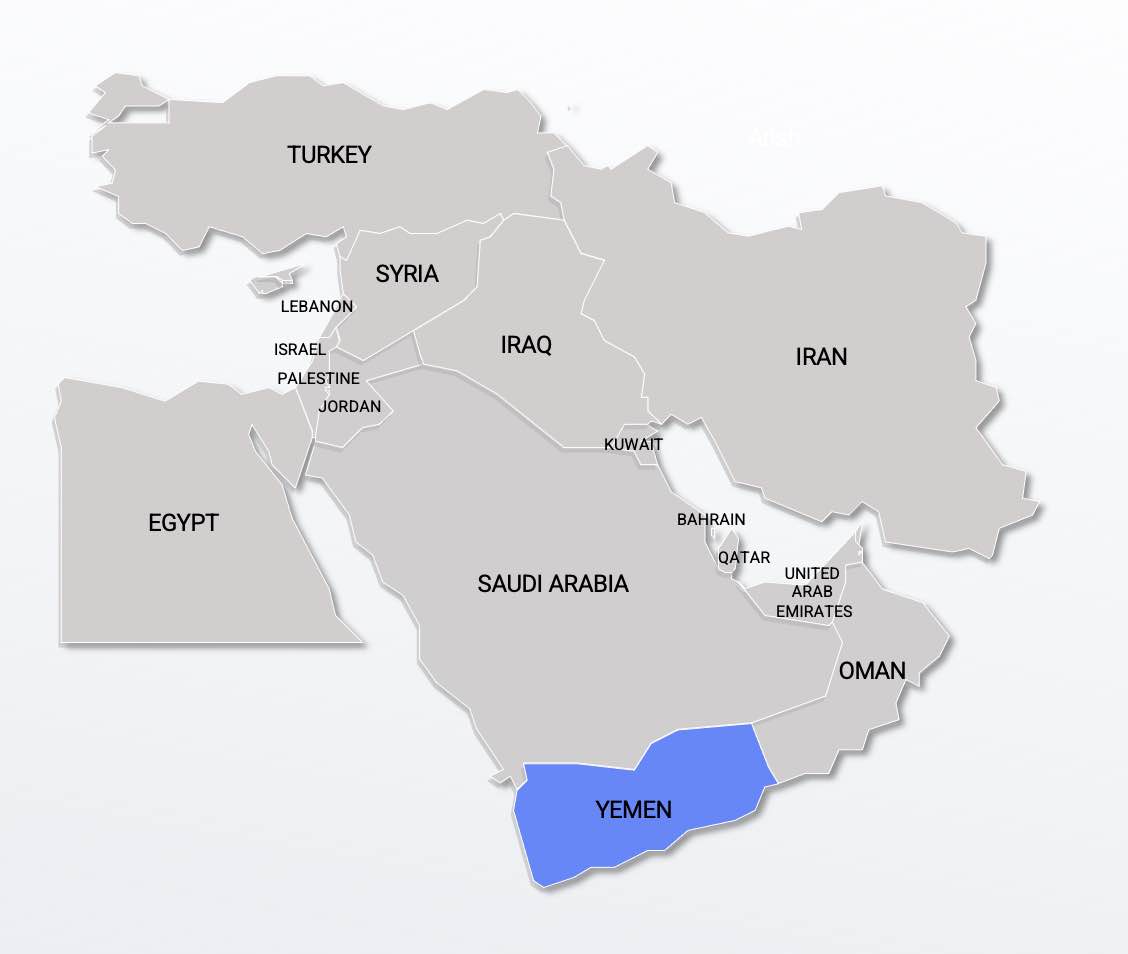Water in Crisis - Yemen

Yemen is experiencing the world’s worst humanitarian crises with a majority of the population in need of assistance. It is also facing a severe water crisis, with limited access to safe drinking water and sanitation facilities. The country is one of the most water-scarce in the world, with less than 100 cubic meters of renewable freshwater resources per capita per year, well below the international threshold for water scarcity. Yemen's water scarcity is exacerbated by its arid and semi-arid climate, rapid population growth, and decades of political instability and conflict.
The conflict in Yemen has worsened the water crisis in the country. According to a report by the United Nations, the war has damaged water infrastructure, interrupted water supplies, and led to the displacement of people, making it more challenging to access water resources. The conflict has also led to a collapse in the economy, making it difficult for the government to invest in water infrastructure and services. The situation is particularly dire in areas controlled by armed groups, where access to water is limited, and water resources are often controlled by armed actors.
As a result of the water crisis, many Yemenis have to rely on unsafe and unregulated water sources, including unimproved wells or from tanker trucks. The lack of access to safe drinking water has led to a rise in water-borne diseases such as cholera, the worst outbreak in modern times with more than 2 million suspected cases and 4,000 deaths reported since 2017.
Sana'a, the capital city of Yemen, has been facing a severe water crisis for many years. According to a report by UNDP, Sana'a's groundwater resources have been depleting at a rate of 4 to 6 meters per year, making it one of the most water-stressed cities in the world. However, in recent years, the city has experienced a rare positive development in its water crisis. In 2020, Yemen experienced an unusually heavy rainy season, which helped to recharge Sana'a's aquifer. According to reports, the city's water levels rose by up to 15 meters in some areas, providing a temporary respite to the water crisis. However, experts have cautioned that this is not a permanent solution and that the city needs to implement sustainable water management practices to ensure a steady supply of water.
Addressing the water crisis in Yemen will require significant investment in water infrastructure, sustainable water management practices, and political stability. The international community has a vital role to play in supporting Yemen in addressing its water crisis and in resolving the ongoing conflict. Without urgent action, the situation in Yemen will continue to worsen, leading to further suffering and hardship for millions of people.
* This article was produced in part by generative assistive technologies, then edited and reviewed for accuracy by The Water Project staff.